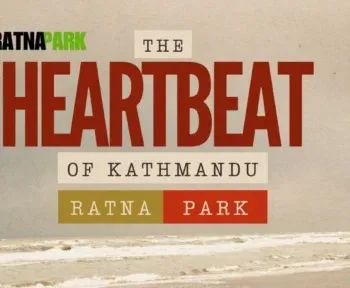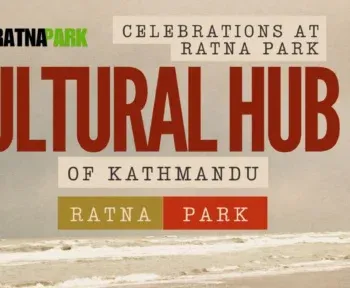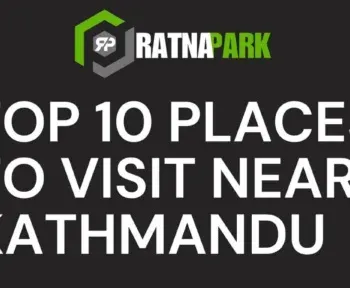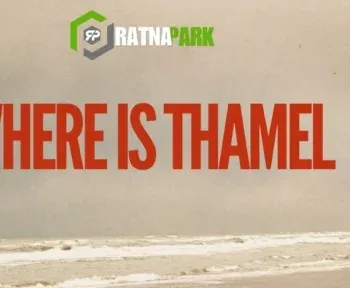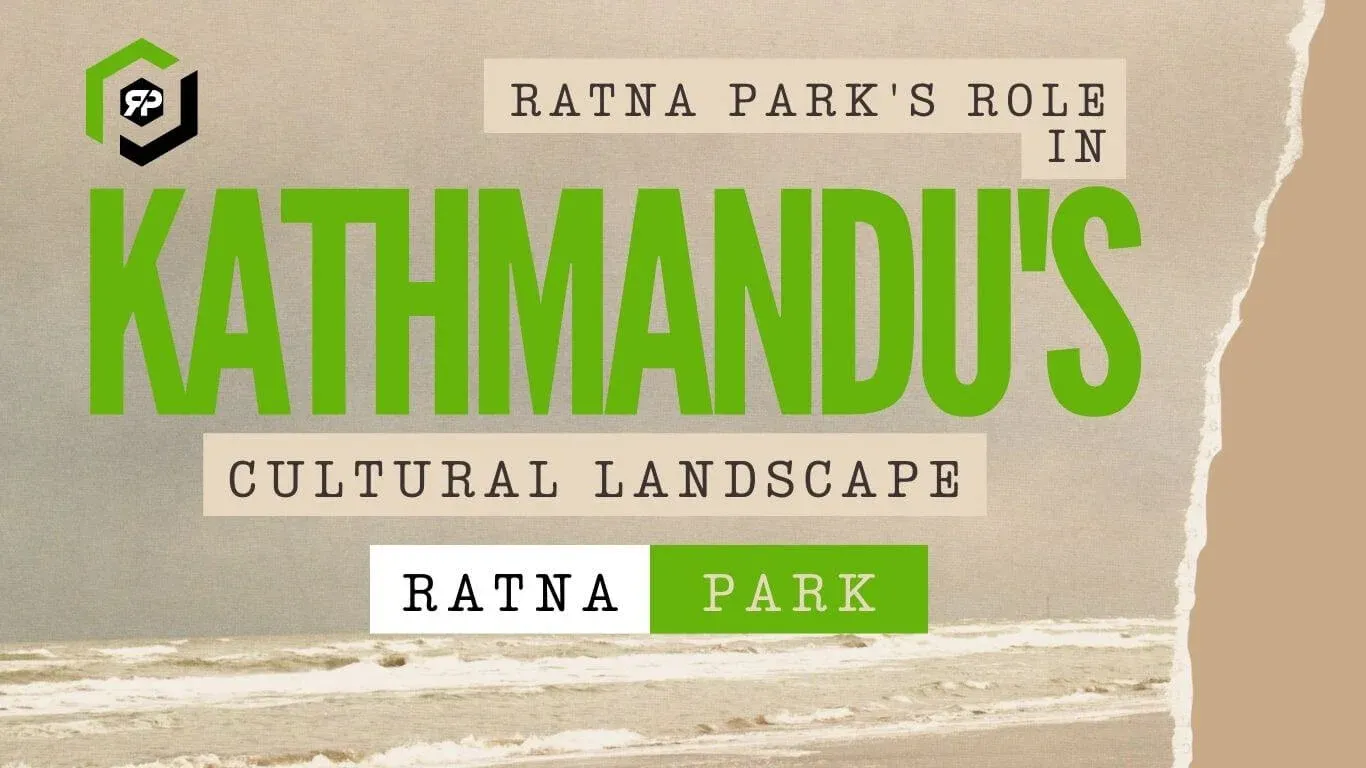
Introduction
Nestled in the heart of Kathmandu, Ratna Park stands as more than just a green space; it is a testament to the city’s evolving cultural and historical narrative. Established in 1964 and named after Queen Ratna, the park has transformed from a children’s playground into a central hub for community gatherings, festivals, and political events. Its strategic location between Rani Pokhari and Tudikhel further cements its significance in the urban tapestry of Nepal’s capital.
Historical Significance
Ratna Park was inaugurated by King Mahendra in honor of his second wife, Queen Ratna. Originally designed as a recreational area for children, the park quickly became a focal point for various public events. In 2017, the Kathmandu Metropolitan City renamed it Sankhadhar Udyan to honor Shankhadhar Sakhwa, the founder of the Nepal Sambat calendar. Despite the official change, locals continue to refer to it as Ratna Park, highlighting its deep-rooted identity in the city’s collective memory.
Cultural Events and Festivals
Seto Machhindranath Jatra
One of the most prominent festivals associated with Ratna Park is the Seto Machhindranath Jatra. This chariot procession, dating back to 595 AD, honors the deity Seto Machhindranath, revered by both Hindus and Buddhists. The festival’s route passes through Ratna Park, drawing large crowds who come to witness and participate in the celebrations.
Holi Celebrations
During the festival of Holi, Ratna Park transforms into a vibrant arena where locals and tourists gather to celebrate with colors, music, and dance. The park’s open spaces provide an ideal setting for the exuberant festivities, reflecting the communal spirit of Kathmandu.
Chinese New Year Festivities
In recent years, Ratna Park has also hosted events celebrating the Chinese New Year. Activities such as dragon and lion dance performances have been organized, showcasing the cultural exchange between Nepal and China.
Political and Social Gatherings
Beyond cultural festivals, Ratna Park has been a venue for significant political events and social movements. Its central location makes it an accessible gathering point for demonstrations, rallies, and public speeches, reflecting its role as a space for civic engagement.
Urban Oasis
Amidst the bustling streets of Kathmandu, Ratna Park offers a tranquil escape. With its lush gardens, seating areas, and shaded pathways, it serves as a recreational spot for families, students, and the elderly. The park’s design encourages leisurely walks and provides a serene environment for relaxation.
Conclusion
Ratna Park stands as a microcosm of Kathmandu’s rich cultural and historical landscape. From hosting ancient festivals to serving as a platform for modern civic discourse, the park embodies the dynamic spirit of Nepal’s capital. Its continued relevance underscores the importance of preserving such urban spaces that foster community, tradition, and cultural exchange.
For more insights into Kathmandu’s cultural landmarks and events, visit ratnapark.com.



